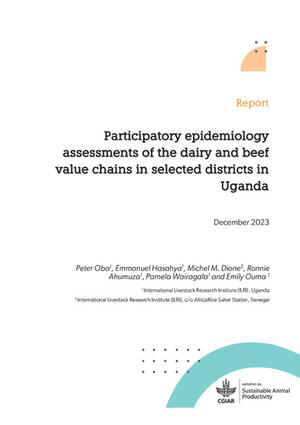
Wastewater monitoring can anchor global disease surveillance systems
Abstract
To inform the development of global wastewater monitoring systems, we surveyed programmes in 43 countries. Most programmes monitored predominantly urban populations. In high-income countries (HICs), composite sampling at centralised treatment plants was most common, whereas grab sampling from surface waters, open drains, and pit latrines was more typical in low-income and middle-income countries (LMICs). Almost all programmes analysed samples in-country, with an average processing time of 2·3 days in HICs and 4·5 days in LMICs. Whereas 59% of HICs regularly monitored wastewater for SARS-CoV-2 variants, only 13% of LMICs did so. Most programmes share their wastewater data internally, with partnering organisations, but not publicly. Our findings show the richness of the existing wastewater monitoring ecosystem. With additional leadership, funding, and implementation frameworks, thousands of individual wastewater initiatives can coalesce into an integrated, sustainable network for disease surveillance—one that minimises the risk of overlooking future global health threats.
Citation
Keshaviah, A., Diamond, M., Wade, M.J. and Scarpino, S.V. on behalf of the Global Wastewater Action Group. 2023. Wastewater monitoring can anchor global disease surveillance systems. Lancet Global Health 11(6): e976–e981.










